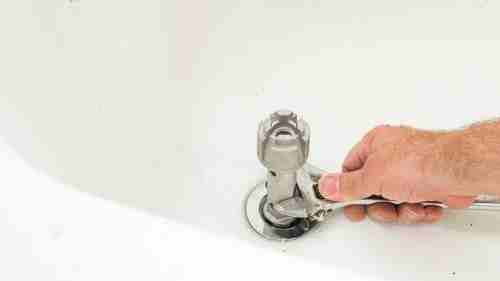Bathtubs and sinks usually use drain stoppers to correctly plug the drain and preserve water, cleaning soap, and other not unusual materials from flowing down the drain. These modern devices take the area of traditional plugs, which might be vulnerable to tearing, warping, and even getting misplaced if they are not saved securely in the bathtub or sink. However, at the same time as drain stoppers can be an improvement, they even have some shortcomings that want to be monitored and addressed by using the use of customers.
Drain stoppers are made to sit down inside the drain, so maximum products surely lessen the float of water via the drain as quickly as they’ll be hooked up, despite the reality that this bargain in water glide is not often located so long as the drain stopper does not end up clogged with dirt, hair, and exceptional particles. Unfortunately, the size, shape, and mechanism of drain stoppers frequently boom the danger that they will seize this loose particle, so it’s miles essential to often dispose of the plug for cleansing.
How to Remove a Shower Drain: Step with the valuable resource of Step Instructions

Remove Any Clogs
Start by turning on the bathe for a few minutes and looking at how your shower drains. If it drains slowly, it’s far a signal that you want to unclog the drain in advance than getting rid of it. Skipping this step and disposing of the gutter even as it is, even though blocked, ought to reason it to snag and damage the fixture.
The fastest and most straightforward way to unclog your bath drain is to insert a drain snake to pull out the hair, grease, or each extraordinary residue causing a blockage. If you do not have a drain snake, try pouring hot water down the drain with baking soda and vinegar.
Lubricate the Drain
Prying your shower drain free can be complex, especially if it’s been in situ for a long time. Make your shower drain much less complicated to eliminate by coating it thoroughly with a silicone-primarily based truly lubricant or WD-forty. Try to avoid improvising via cooking oil or each unique greasy merchandise, as this can contribute to blocking the drain in a while.
Coat all the visible drain elements liberally with the lubricant and pour some down the drain to cover the additives you can not see. Leave the oil to paint for 10 minutes before shifting to the subsequent step.
Remove Any Screws
Next, take a comparative study of your bath drain to see if there are any screws preserving it in place. If there are, use a flathead screwdriver to do away with them. Please place them in a solid container to keep them secure, as you may want them to replace the bath drain or install a current one. Be cautious now not to allow any screws to fall into the open drain because it could be impossible to retrieve them.
Loosen the Drain
Take pairs of needle nostril pliers and region them within the openings on contrary sides of the drain. Be cautious no longer to scratch or damage the drain if you intend to reinstall it later.
Once your pliers are in the area, flip the drain counter-clockwise to loosen it. Keep turning it till it’s sincerely unscrewed. If you experience resistance, do not stress it, as you could motivate damage. Instead, spray on a few more excellent lubricants and wait 10 minutes in advance before attempting once more.
Take the Shower Drain Out
Grip the drain firmly using pinching contrary openings with the needle-nostril pliers and pulling it upwards. Do this carefully if you plan on repairing the drain to change it. If it is hard to eliminate, it may need some extra lubricant, or there can be a blockage inside the manner. Relubricate the drain and look at it for clogs earlier than pulling it out if it is cussed.
Finally, eliminate any ultimate clogs and deliver the drain an intensive cleaning, eliminating any rust. If the drain is critically corrupted or damaged, you must consider converting it to a modern-day one.